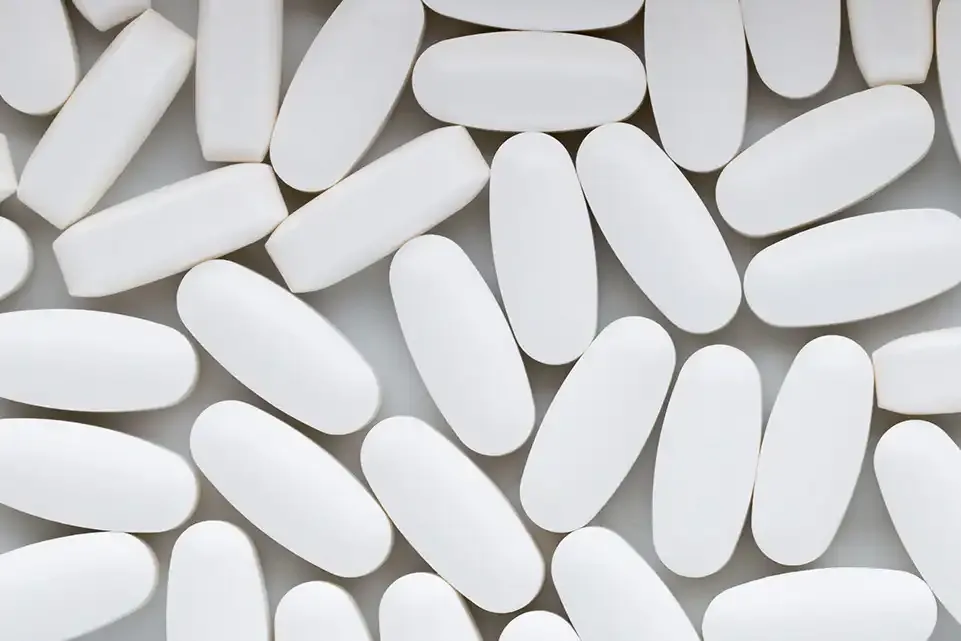Naloxone – a harm reduction strategy
Naloxone is a drug that can temporarily reverse opioid overdose. It works by blocking opioids from attaching to opioid receptors in the brain.
Naloxone is effective in reversing overdose from both legal and illegal forms of opioids. This drug can be injected intramuscularly (into a muscle) or delivered by using a nasal spray. Naloxone can be administered by medical professionals such as paramedics, or by friends, family or bystanders who might be responding to an overdose.12
Naloxone is used as a harm reduction strategy. This means that it is not a strategy to stop the use of specific drugs. It is used to reduce the immediate dangers associated with an overdose, such as accidental death. Naloxone is available from pharmacies without a prescription, however, it is also possible to have naloxone prescribed alongside prescription medication. This way, if someone experiences a prescription opioid overdose, naloxone is available if required. Evidence shows that there is no potential for the development of dependence on this drug.12
Best practice
Best practice is to provide training to those who administer naloxone.
Opioid use following administration of naloxone
If someone is administered with naloxone following opioid overdose, they may experience an urge to use more opioids once they are revived. This is especially the case if they are experiencing dependence; they may feel the beginning of withdrawal symptoms.
Naloxone is a short-acting drug, meaning it stays in the body for a short period of time. However, some prescription opioids can stay in the body for much longer (some for over 12 hours). This means that while naloxone will wear off, the opioids will remain in the system. If the person takes more opioids after taking naloxone, they may experience a second overdose.10
Taking opioids after the administration of naloxone is very dangerous and should be avoided.
